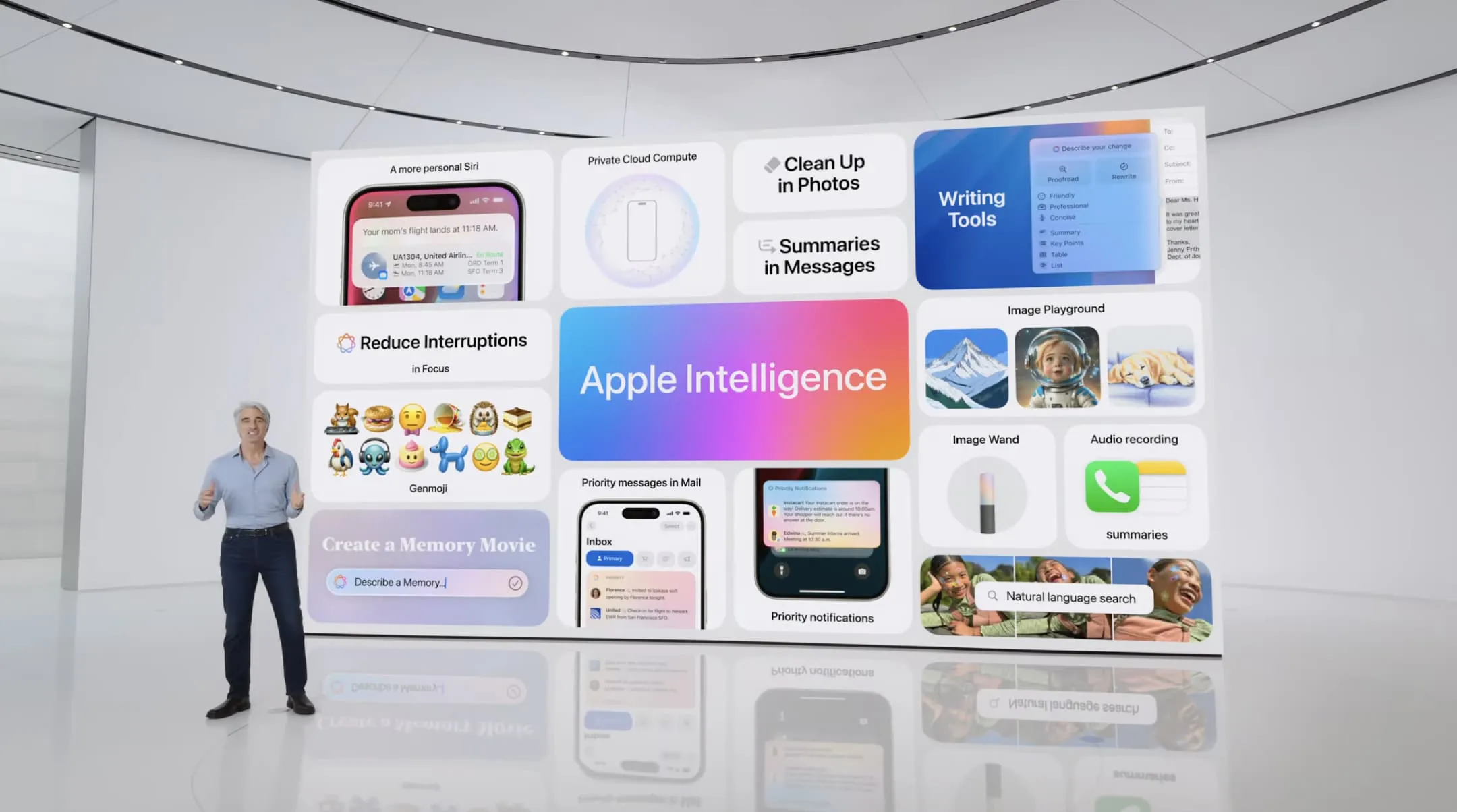Apple’s foray into the realm of artificial intelligence, dubbed “Apple Intelligence,” has been met with both excitement and scrutiny. While the promise of intelligent notification summaries, enhanced Siri capabilities, and creative tools like Genmoji and Image Playground is enticing, recent reports highlight some growing pains. This article delves into the challenges Apple faces in refining its AI technology, particularly concerning accuracy and storage demands.
One of the flagship features of Apple Intelligence is its ability to summarize notifications, offering users a quick overview of incoming information. However, this feature has been plagued by inaccuracies, as recently highlighted by the BBC. Several instances of misreported news have surfaced, including a false claim about a darts player winning a championship before the final match and an erroneous report about a tennis star’s personal life. These errors, while concerning, are perhaps unsurprising given the beta status of the technology. Apple has emphasized the importance of user feedback in identifying and rectifying these issues, and the BBC’s diligent reporting serves as valuable input for improvement.
These incidents underscore the delicate balance between innovation and reliability. While the potential of AI-driven notification summaries is undeniable, ensuring accuracy is paramount to maintaining user trust. The challenge lies in training the AI models on vast datasets and refining their algorithms to minimize misinterpretations. This is an ongoing process, and Apple’s commitment to continuous improvement will be crucial in addressing these early hiccups.
Beyond accuracy, another significant challenge is the increasing storage footprint of Apple Intelligence. Initially requiring 4GB of free storage, the latest updates have nearly doubled this requirement to 7GB per device. This increase is attributed to the growing number of on-device AI features, including ChatGPT integration in Siri, Visual Intelligence, and Compose with ChatGPT. The on-device processing approach is a core element of Apple’s privacy philosophy, ensuring that user data remains on the device rather than being sent to external servers. However, this approach comes at the cost of increased storage consumption.
The storage demands become even more significant for users who utilize Apple Intelligence across multiple devices. For those with iPhones, iPads, and Macs, the total storage dedicated to AI features can reach a substantial 21GB. This raises concerns for users with limited storage capacity, particularly on older devices. While there is currently no option to selectively disable certain AI features to reduce storage usage, this could become a point of contention as the technology evolves.
The trajectory of Apple Intelligence suggests that storage demands will continue to rise. Upcoming updates, particularly those focused on enhancing Siri’s capabilities, are likely to further increase the storage footprint. It’s conceivable that we could see requirements reaching 10GB per device shortly, even before the release of major iOS updates like iOS 19. This trend has significant implications for consumers, potentially influencing purchasing decisions regarding storage tiers for new devices.
The growing storage demands and occasional inaccuracies raise a fundamental question: is the value proposition of Apple Intelligence outweighing the associated costs? While the potential benefits are significant, Apple needs to address these challenges to ensure a positive user experience. This includes prioritizing accuracy in AI-driven features, optimizing storage usage, and potentially offering users more granular control over which AI features are enabled on their devices.
The future of Apple Intelligence hinges on the company’s ability to navigate these challenges effectively. By prioritizing accuracy, optimizing storage, and responding to user feedback, Apple can realize the full potential of its AI technology and deliver a truly transformative user experience. The current situation serves as a valuable learning experience, highlighting the complexities of integrating AI into everyday devices and the importance of continuous refinement. As Apple continues to invest in and develop this technology, the focus must remain on delivering a seamless, reliable, and user-centric experience.
